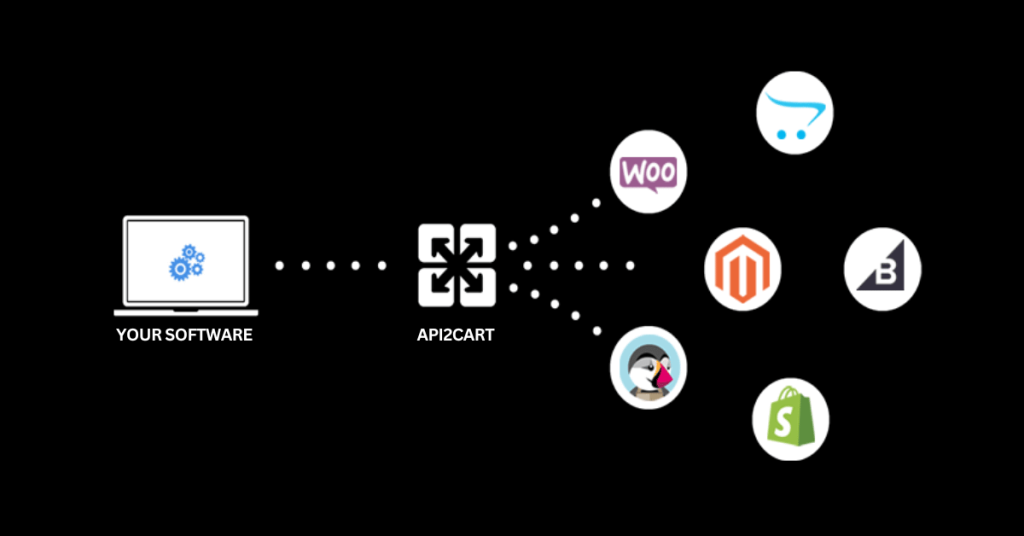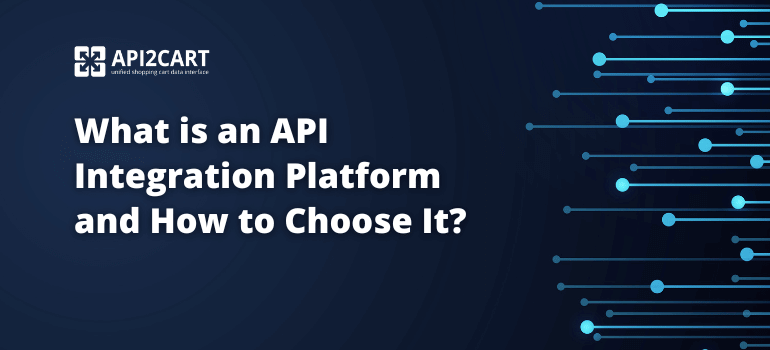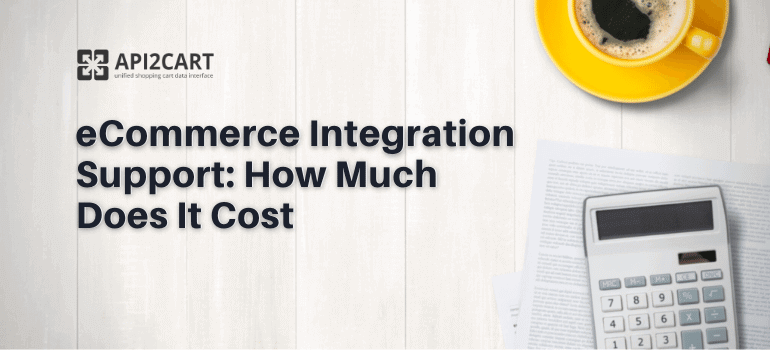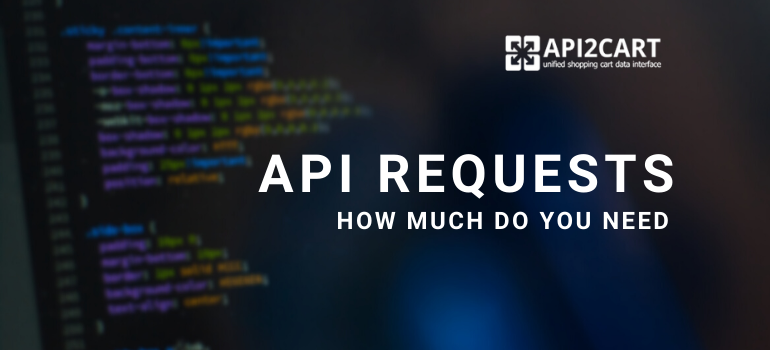
Introduction
SaaS has become a must-have for business operations in the fast-paced digital space. SaaS technology offers scalability, flexibility, and operational efficiency. However, the actual strength of SaaS applications only comes into play when they are smoothly connected with other digital solutions. "SaaS Integration: "Best Practices" gives a full overview of the ways how SaaS solutions can be integrated into the business processes to bring out the best of them and create such a kind of synergy between them that would be optimal for your business.
This article will discuss the crucial SaaS integration best practices that are useful in addressing integration problems and offering actionable solutions to guarantee hassle-free, secure, and smooth connections.
Definition of SaaS integration
SaaS integration is a process in which a Software as a Service (SaaS) application is linked to another software application, either in the cloud or on-premises, to work as one system. This integration is critical as it enables the automatic exchange of data between different systems, which means that manual data entry will be eliminated and errors can be minimized. The integration of SaaS is aimed at making standalone applications more functional by allowing them to work with and process data in real-time, simplifying workflows, and creating a unified platform where all business operations are managed from a single point.
Importance of Seamless Integration With Different Solutions for SaaS
The seamless integration of different solutions is a must-have for SaaS (Software as a Service) providers, as it brings a lot of value and functionality to their offers. In a SaaS ecosystem, where businesses are very much reliant on cloud-based software for all the operations, the ability to integrate with other apps can be an important differentiator. Such integration allows SaaS to connect with the CRM, ERP, data analytics services and eCommerce platforms, therefore giving the users a comprehensive view of their operations and reducing the need to switch between different systems. This, therefore, not only optimizes the operational performance but also guarantees that all platforms data are synchronized and updated in real time which in turn reduces mistakes and increases decision-making accuracy.

Smooth integration with the shopping platforms is essential to SaaS companies that operate in the e-commerce sector. Such a connection makes it possible for businesses to synchronize their inventory, sales and customer data across various platforms automatically, thus dramatically reducing the chance of mistakes and inconsistencies. For example, if the inventory management software is fully integrated with multiple shopping platforms like Shopify, Amazon, and eBay, it ensures that the stock levels are automatically updated on all channels once a sale has taken place. This not only prevents stockouts and overselling but also boosts customer satisfaction through providing accurate and up-to-date information.
Integration Platforms
Integration platforms are integral part of the modern business environment where they serve as bridges that join different software systems, applications and data streams, making the business operations coherent and effective. These platforms become the medium for the smooth exchange of data between different tools. That way, enterprises can automate processes, increase data accuracy, and get a comprehensive view of their operations. For example, an integration platform can sync data between a CRM system and an email marketing tool to make sure that customer information is not only complete but also used to target marketing campaigns accurately.
An Example of An Integration Platform
API2Cart is an outstanding integration platform which is empowered to connect any eCommerce business with over 40 different shopping carts and marketplaces. It is an API-based solution that allows the retrieval, addition, editing, and synchronization of various e-commerce data not only for one platform but also for the most popular e-commerce platforms, including Shopify, Magento, BigCommerce, and others. API2Cart's strong capabilities are an irreplaceable tool for both developers and enterprises that are striving to automate their processes. API2Cart provides a free trial period of its usage that can be activated after a short demo call.

Developing a Comprehensive Integration Strategy
Developing a comprehensive integration strategy is a must for companies who want to promote system interoperability and facilitate data flow between different applications and platforms. An integration strategy that is properly designed enables all the systems to interact in a smooth manner, and to share information in real time, which reduces the possibility of data silos. It encompasses the examination of the existing IT infrastructure, selecting the crucial data interaction points, and adopting the best integration tools and platforms that can link different software seamlessly. This strategy should be linked to the overall IT goals and business goals of the organization, therefore guaranteeing that the integration is scalable, improves operational efficiency, and accelerates digital transformation.
An important factor in developing a successful integration strategy is the adoption of strong middleware software or integration platform that is able to facilitate the communication between the different systems. This is usually done through the provision of pre-built connectors, APIs, and development kits. These tools are designed to make the process of linking different applications, irrespective of where they are hosted, as simple as possible. For software businesses in industries like eCommerce, a flexible and scalable integration solution like API2Cart can be very appropriate.



